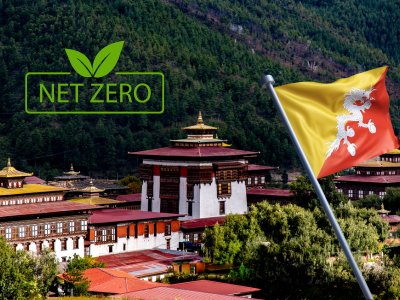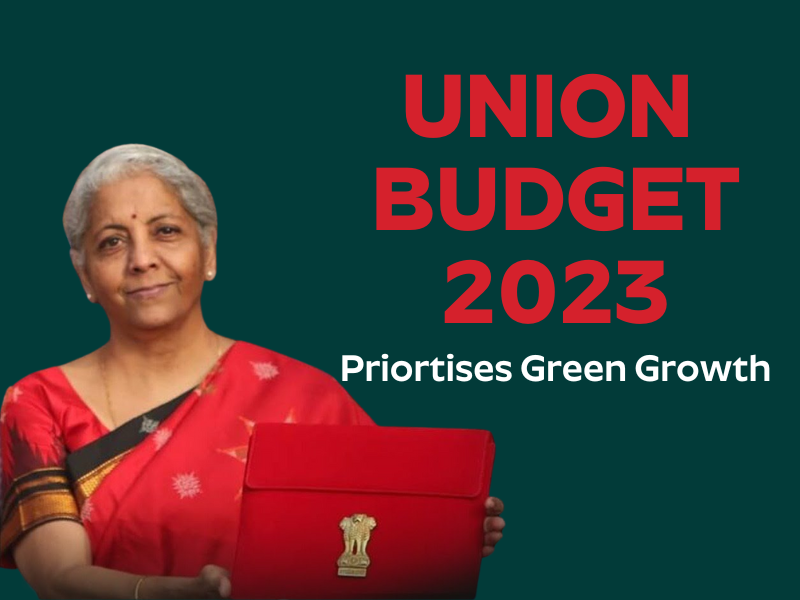India and Bhutan, neighbouring nations with diverse landscapes and economies, have taken distinct paths in addressing their carbon footprints. While both countries are among the world’s fastest-growing economies, Bhutan’s remarkable success in achieving carbon neutrality has emerged as an inspiring model for India’s ambitious emissions reduction goals. With its population just exceeding 700,000, Bhutan has charted a course toward becoming carbon negative by 2020—a target it is well on its way to accomplishing.
Bhutan’s Achievement: A Beacon of Sustainable Progress
The journey to carbon neutrality for Bhutan has been guided by a commitment to sustainability across various sectors. The country has harnessed wind and solar power, enhanced waste management practices, and heavily invested in transportation and energy infrastructure. These efforts collectively culminate in Bhutan’s ability to curtail CO2 emissions and inspire India’s pursuit of a greener, more sustainable future.
Learning from Bhutan’s Success: Lessons for India
Resource Management and Efficiency: Bhutan’s prudent resource management philosophy emphasizes efficient utilization to reduce reliance on imports. By optimizing resource use, the country minimizes the need for additional imports, promoting self-sufficiency and reducing the carbon footprint.
Renewable Energy Transition: Bhutan’s focus on renewable energy, particularly wind and solar power, underscores the potential of clean energy in emissions reduction. India can similarly harness its abundant solar resources to make significant strides in sustainable energy generation.
Localizing Clean Energy: Bhutan’s high latitude and sunny climate make it conducive for solar installations. This approach has significantly contributed to lowering emissions. India can replicate this success by capitalizing on regional variations in solar potential to bolster its renewable energy capacity.
Sustainable Agriculture: Bhutan’s agriculture employs practices like green manuring and crop rotation, aiding carbon sequestration in soil. India’s agriculture sector can adopt such eco-friendly methods to reduce emissions and enhance soil health.
Legislative Commitment: Bhutan’s legislation mandating a 50% reduction in greenhouse gas emissions by 2020 showcases the power of policy-driven change. Implementing similar regulations could be instrumental for India in achieving its emission reduction targets.
Two-Pronged Approach: Bhutan’s approach of simultaneously reducing deforestation and increasing energy efficiency has yielded significant results. India can implement similar strategies to address multiple aspects of its carbon footprint.
Natural Farming Practices: Bhutan’s reliance on natural agricultural techniques, such as symbiotic planting and crop rotation, exemplifies how sustainable farming can mitigate emissions and promote soil health.
Embrace Renewable Energy: Bhutan’s embrace of renewable energy sources like solar and wind power has fueled its progress toward carbon neutrality. India’s pursuit of renewable energy infrastructure can significantly curtail CO2 emissions.
Deforestation Ban: Bhutan’s complete ban on deforestation showcases the country’s commitment to preserving its natural resources. India can draw inspiration from this policy to safeguard its diverse ecosystems.
Ambitious Targets: Bhutan’s ambitious emission reduction goals underscore its determination to lead by example. India can set equally ambitious targets to stimulate meaningful change.
Conclusion: Pathways to a Shared Green Future
Bhutan’s journey to carbon neutrality resonates as a valuable lesson for India—a testament to the transformative power of sustainability and environmental stewardship. By adopting Bhutan’s strategies, from renewable energy to sustainable agriculture, India can forge a path toward a more sustainable future. As both countries strive to balance economic growth with ecological responsibility, the Bhutanese model offers a guiding light, reminding us that ambitious goals are attainable through conscious efforts and collective commitment.




